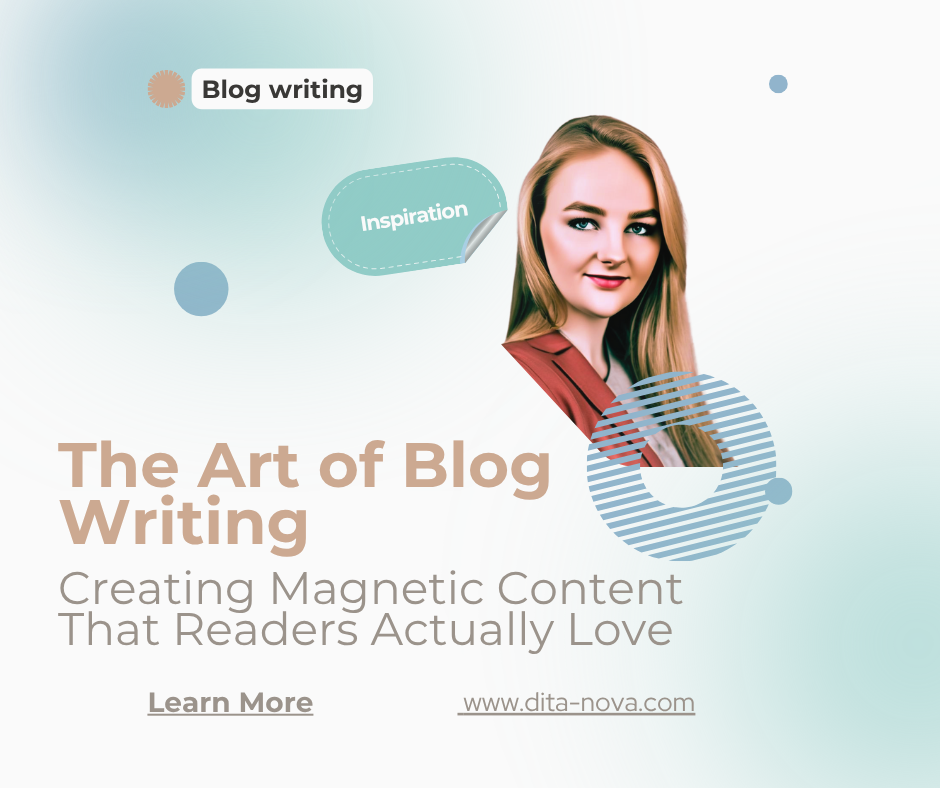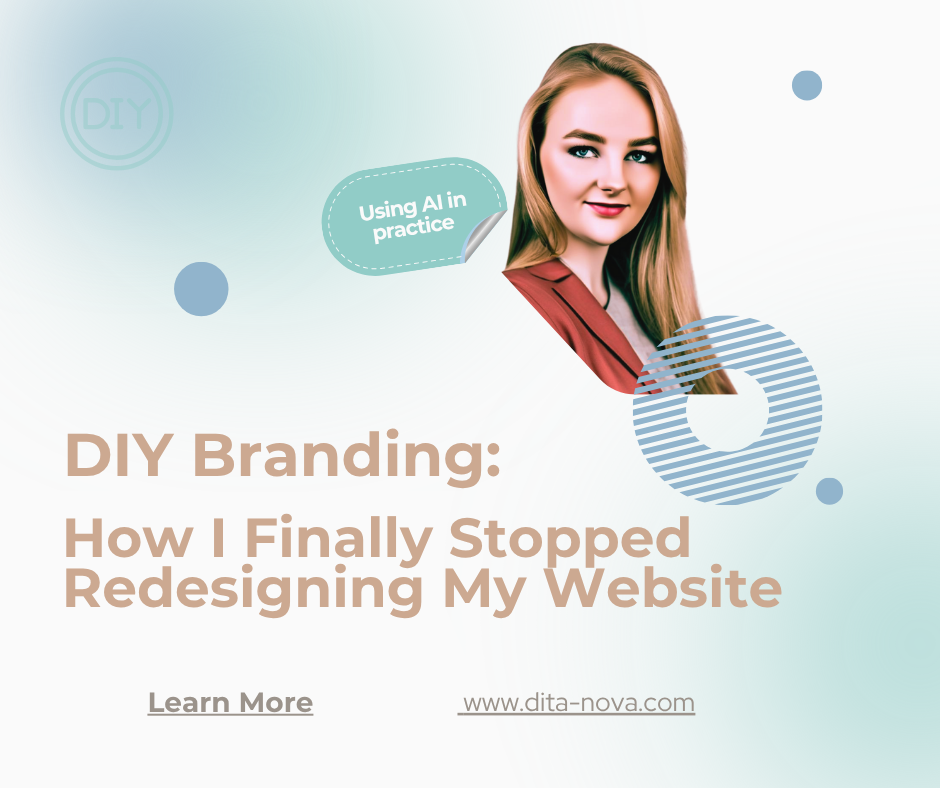🧠 The Psychology Behind First Impressions
Why First Impressions Matter in Content
When a reader lands on your blog, they make a snap judgment within seconds. In fact, it takes only 7 seconds to form a first impression—not just about people, but about content, too. These few seconds can determine whether your post gets read or abandoned.
This behavior stems from a psychological bias known as “thin-slicing,” where people base decisions on limited information. That’s why the start of your blog post—your title and introduction—carries enormous weight.
The 7-Second Rule and Reader Behaviour
Online readers scan rather than read linearly. They glance at the headline, peek at the intro, maybe scroll, and then decide whether to stay. So your job is to deliver an immediate hook—something emotionally resonant, informative, or curiosity-driven.
🎯 Crafting Magnetic Blog Post Titles
Emotional Triggers in Headlines
Emotion sells. A blog post titled “10 Ways to Save Time Every Morning” is decent. But “10 Insanely Easy Morning Hacks That’ll Save You Hours”? That adds urgency, intrigue, and emotional reward.
Words that evoke fear, joy, surprise, or urgency increase click-through rates dramatically. Think:
- “Revealed”
- “Secrets”
- “Mistakes to Avoid”
- “Everything You Need to Know”
Using Power Words for Clickability
Power words are persuasive. Mix them with numbers, adjectives, and value-driven promises:
- “Ultimate”
- “Effortless”
- “Genius”
- “Shocking”
- “Free”
A formula: [Number] + [Power Word] + [Keyword] + [Promise]
Example: “7 Genius Ways to Master the First Impression in Blogging”
📝 Writing Irresistible Introductions
Hooking Readers with a Bold Opening
Start strong. Whether it’s a startling statistic, a question, or a provocative statement, your opening line should demand attention.
“You’ve got 7 seconds. That’s all it takes for a reader to decide whether to scroll down or click away.”
That’s the kind of opener that grips readers.
Building Connection through Pain Points
Empathy builds trust. Address a problem your reader faces:
- “Struggling to keep readers past the first paragraph?”
- “Do your blog posts feel invisible?”
By validating their challenges, you increase engagement and show relevance.
Setting Clear Expectations
Give readers a roadmap. Briefly outline what your post will cover, so they know it’s worth their time.
“In this post, you’ll learn how to craft catchy titles, write captivating intros, and structure blog posts that leave a lasting impression.”
📚 Structuring the Body of Your Blog Post
Breaking Content into Digestible Sections
Use short paragraphs, bullet points, and concise sentences. Big walls of text? Instant turn-off.
Good structure equals readability. Think of your blog like a novel’s chapters—each section should have a purpose.
Using Subheadings for SEO and Navigation
Clear subheadings help both readers and Google. Incorporate keywords naturally in H2s and H3s. These act like signposts for your content and improve SEO rankings.
Example:
Bad: “More Tips”
Good: “5 Proven Ways to Improve Your Blog’s Opening Lines”
Enhancing Flow with Transitions
Transitional phrases help ideas flow smoothly. Use them to connect thoughts:
- “On the other hand…”
- “Let’s dive deeper…”
- “Here’s why this matters…”
🔍 Delivering Valuable and Engaging Content
Backing Up Claims with Data
Credibility counts. Use research, stats, and expert quotes. Readers trust data-backed writing.
Example: “According to Nielsen Norman Group, users often leave web pages within 10 to 20 seconds.”
Using Relatable Examples
Real-life examples or metaphors help readers visualize and relate.
Instead of saying, “write better,” say, “write like you’re having a one-on-one conversation with a friend.”
Adding Visuals and Multimedia
Images, infographics, and videos boost engagement and SEO. Use media to:
- Break up text
- Illustrate points
- Enhance understanding
✅ Crafting Powerful Conclusions
Recapping Key Takeaways
Summarize your blog’s main points briefly. Think of it as the “TL;DR” for the whole post.
“We explored how powerful titles, compelling intros, and structured content keep readers hooked.”
Ending with a Call to Action
Every great post invites action. Encourage readers to:
- Subscribe to your newsletter
- Leave a comment
- Share the post
- Try a strategy
Encouraging Interaction and Sharing
Ask a reflective or discussion-worthy question:
“Which first impression strategy will you try first?”
It humanizes your content and opens up conversation.
📈 On-Page SEO Strategies for First Impressions
- Use primary keywords in the title, meta, first paragraph, and subheadings.
- Optimize your meta description—keep it under 160 characters.
- Use internal links to related blog posts.
- Ensure mobile responsiveness and fast loading speed.
🚫 Common Mistakes That Hurt First Impressions
- Clickbait titles that don’t deliver
- Overly generic intros
- Cluttered formatting and poor design
- No clear benefit for the reader
👥 Optimizing for Different Audience Types
Tailoring Content for Beginners vs. Experts
Beginners want simplicity; experts want depth. Adjust your language and examples accordingly.
Using the Right Tone and Language
Match your brand. Whether you’re formal, playful, or academic, keep it consistent.
🛠️ Tools to Improve Your Content’s First Impression
- CoSchedule Headline Analyzer
- Grammarly and Hemingway App
- Yoast SEO for WordPress
- Canva for visual headers
🌟 Case Studies: Brands That Nail First Impressions
Neil Patel
Every blog starts with a question or stat. His branding is consistent, content value is upfront, and his CTAs are strategically placed.
HubSpot
Clean formatting, clear value, and well-structured content—perfect examples of great UX and first impressions.
💼 How Mastering the First Impression Increases Conversions
From Engagement to Email Signups
An effective intro and valuable content build trust. That trust leads to:
- More email subscriptions
- Higher time-on-site
- Better lead generation
Trust Building for Long-Term Readers
Deliver on your promises. That’s how casual visitors become loyal readers and customers.
🔄 Tips for Continuous Improvement
- A/B test headlines to see what grabs more clicks
- Use heatmaps to track scroll behavior
- Monitor bounce rates and tweak intros
❓ Frequently Asked Questions
1. What makes a blog post’s first impression powerful?
A strong title, relevant intro, and clear layout all contribute to a good first impression.
2. How do I hook readers in the first sentence?
Start with a question, shocking fact, or relatable statement.
3. What are common first impression mistakes?
Clickbait titles, slow page load times, and bland intros are the biggest culprits.
4. How long should a blog intro be?
Aim for 3–5 short paragraphs that establish context, hook interest, and promise value.
5. Should I always use images or media?
Yes—when used appropriately, visuals can increase reader retention and SEO performance.
6. Can I improve old posts to make better first impressions?
Absolutely! Rework titles, rewrite intros, and update formatting for better engagement.



